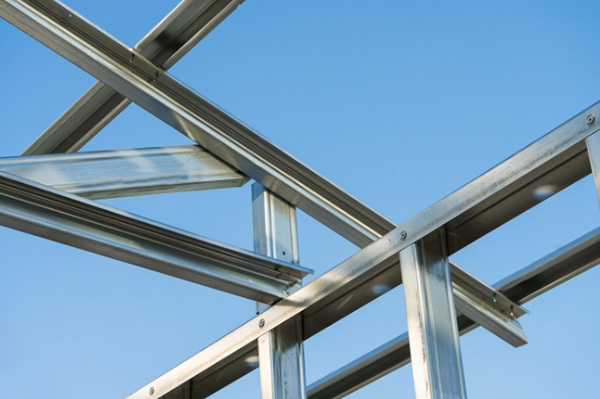In the world of construction, the choice of framing materials is crucial for the stability, durability, and cost-effectiveness of a building. While traditional wood studs have been the go-to option for many years, steel framing studs are becoming increasingly popular, especially in commercial and industrial construction. But can you use metal studs for framing in residential projects as well? The answer is yes, and there are several compelling reasons why steel framing studs might be the right choice for your next building project.
The Rise of Steel Framing Studs
Steel framing studs, made from cold-formed steel, have been used in construction for decades, primarily in non-residential buildings. However, they are now gaining traction in residential construction as well, thanks to their numerous benefits. These metal studs are typically used to create the framework for walls, ceilings, and partitions, replacing traditional wood studs. They are available in various sizes and gauges, allowing builders to choose the right type for their specific needs.
Benefits of Using Steel Framing Studs
1. Durability and Strength
One of the most significant advantages of using steel framing studs is their durability. Steel is inherently strong and resistant to many of the issues that can plague wood framing, such as warping, cracking, and splitting. Unlike wood, steel does not shrink or swell with changes in moisture levels, which can lead to a more stable and consistent frame over time. This strength also means that steel framing studs can support heavier loads, making them ideal for buildings that require additional structural integrity.
2. Fire Resistance
Steel framing studs offer superior fire resistance compared to wood. Since steel is non-combustible, it doesn’t contribute to the spread of fire, which can be a critical factor in both residential and commercial buildings. This fire resistance can provide additional safety for occupants and may even reduce insurance premiums due to the lower fire risk associated with steel-framed structures.
3. Pest and Mold Resistance
Wood framing is susceptible to damage from pests like termites and carpenter ants, as well as mold growth in damp conditions. Steel framing studs are immune to these issues, providing a longer-lasting and more reliable framework. This makes steel an excellent choice in areas prone to termite infestations or high humidity levels, where mold growth can be a concern.
4. Environmental Benefits
Steel is a highly recyclable material, making steel framing studs an environmentally friendly option. Many steel studs are made from recycled materials, and they can be recycled again at the end of their life cycle. In contrast, the production and disposal of wood studs contribute to deforestation and environmental degradation. By choosing steel, builders can reduce their environmental footprint and contribute to more sustainable construction practices.
5. Cost-Effectiveness
While the initial cost of steel framing studs may be higher than that of wood, the long-term savings can be significant. Steel framing requires less maintenance over time, reducing repair costs. Additionally, the lightweight nature of steel can lower transportation costs, and its ease of installation can shorten construction timelines, saving labor costs. The durability of steel also means that the structure will likely have a longer lifespan, providing better value over time.
6. Versatility and Design Flexibility
Steel framing studs are highly versatile and can be used in a wide range of applications. They are available in various sizes and thicknesses, allowing for customized designs. Steel’s strength allows for larger open spaces without the need for load-bearing walls, offering more design flexibility. This is particularly beneficial in modern architectural designs that favor open floor plans and large, unobstructed spaces.
Considerations When Using Steel Framing Studs
While steel framing studs offer many benefits, there are some considerations to keep in mind. For instance, steel can conduct heat and cold more efficiently than wood, which might lead to thermal bridging. This can be mitigated with proper insulation techniques. Additionally, working with steel requires different tools and skills compared to wood framing, so it’s essential to ensure that your construction team is experienced with steel framing.
Conclusion
Steel framing studs are an excellent option for framing in both residential and commercial construction. They offer numerous benefits, including durability, fire resistance, pest resistance, and environmental sustainability. While there may be some challenges associated with using steel, the advantages often outweigh the drawbacks, making steel framing studs a smart choice for many building projects. As more builders and homeowners recognize the benefits of steel, its use in framing is likely to continue growing, reshaping the construction industry for the better.
Post time: Aug-21-2024




